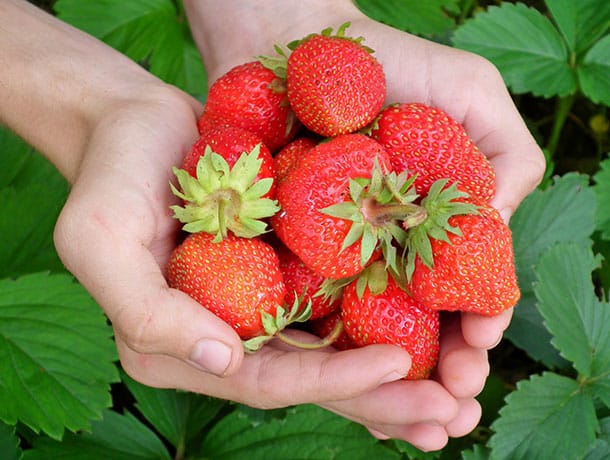
GROW GREENHOUSE STRAWBERRIES
That’s how you could also grow delicious strawberries in your greenhouse.
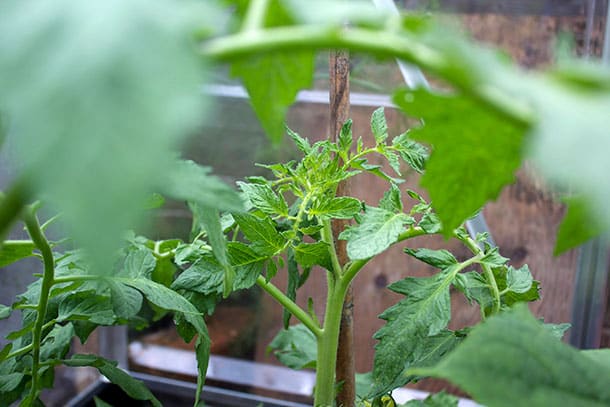
A few weeks ago I put up a greenhouse kit in the back garden (you can read our how-to-put-up-a-greenhouse guide here) and it’s already helping a load of plants grow at a much faster rate than those left outside in the miserable British weather.
The fastest developers of the lot are tomatoes: easy enough to grow in most conditions; a doddle under the warmth of clear Polycarbonate glazing.
Even though anyone can grow them, there are a few bits of advice worth following to help them fulfill their tomatoey potential. Like the following:
Tomatoes are thirsty fruit. Give them a good guzzle of water when you first plant them and continue to water regularly. However, it’s worth treating them a bit mean in the early weeks by skipping a few days. This will stop their roots lazily lapping up the moisture
within the immediate vicinity, encouraging them to go roaming to find more. The result will be stronger plants.
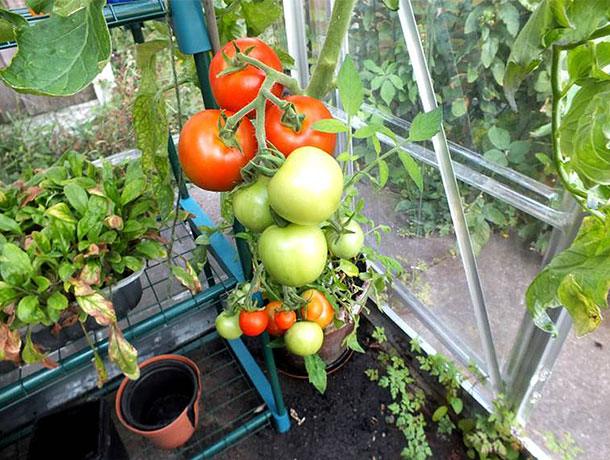
Despite what every expert and fruit-feed manufacturer says, you don’t need to feed tomatoes in order to get a harvest. But if you want bigger, better yields it sure does help.
You can buy food (usually called something with ‘tom’ in the title) or you can make your own. Nettles chopped up and left to soak in water works (although it’s a bit stinky) and so does watered down manure (equally stinky). Comfrey and seaweed mulches are
also recommended.
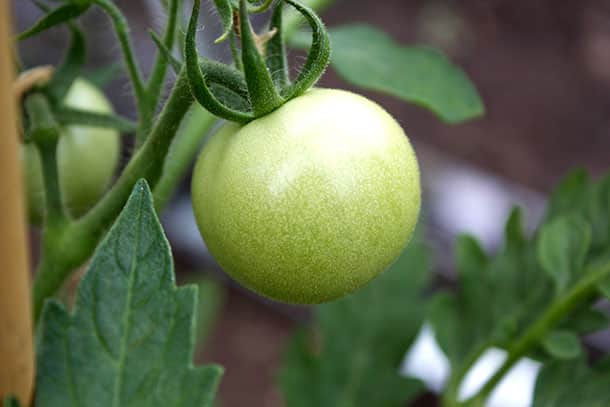
Although your tomatoes, and other indoor plants, will love the tropical steamy conditions created by your garden greenhouse, they will also benefit from a bit of air through an open window or door. Not only will this allow pollinating insects easier access than forcing their thoraxes through gaps in the construction, but it will also create a more stable growing environment and discourage nasty damp-related diseases from taking a grip. Furthermore, when temperatures reach scorching levels during the day, they usually plummet at night, and this exaggerated shift on the thermometer isn’t much fun for a plant.
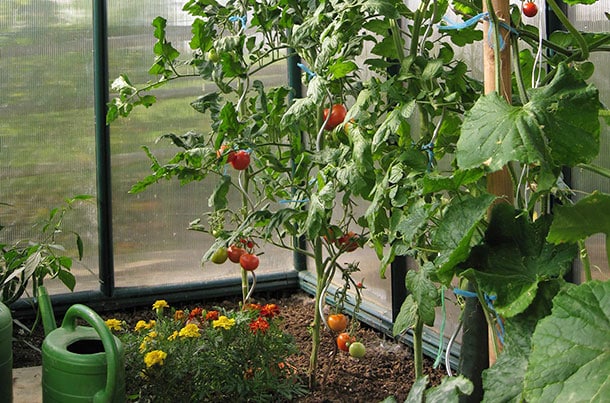
If you think tomato plants are so clever, with their quick growing and showy, tempting bright red fruits, then why do they have such feeble stalks that collapse as soon the first tomato adds its weight to their structure? Give them a hand and keep them in a vertical
position by gently tying them to stakes, or create trellising for them to lean against.
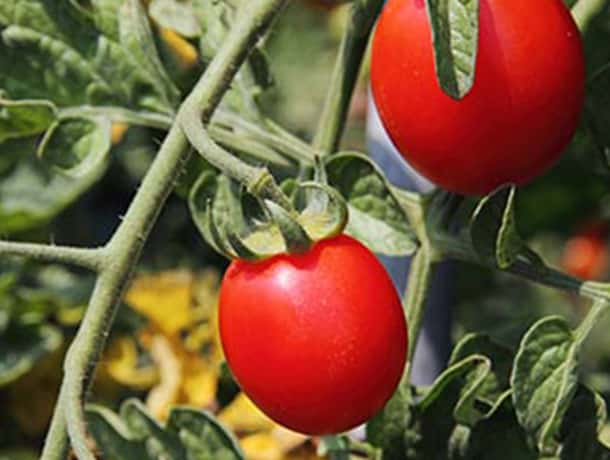
Turn your back for two minutes and those eager growers will be sprouting shoots between leaf and stem. Unless you’re growing a bushy variety, you should regularly snip them out with a pinch of your fingers. You don’t want excess energy going into side shoots – keep the plants climbing high. Another snip at the top of the plant is advisable when you’ve got a good amount of fruits set to focus energy into the harvest, rather than the rest of the plant.
You can then also dispense with leaves at the bottom of the plant – these will just get in the way while you’re picking and prevent air from circulating between plants.